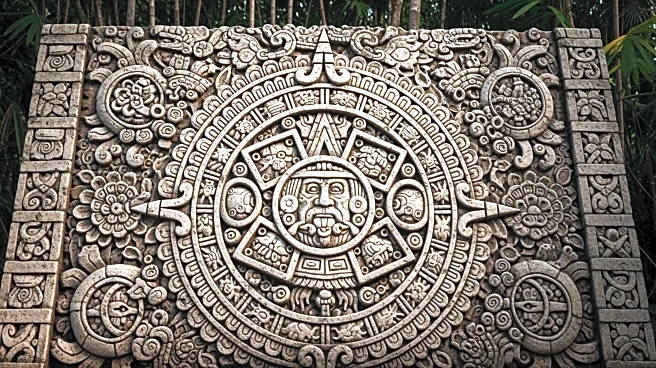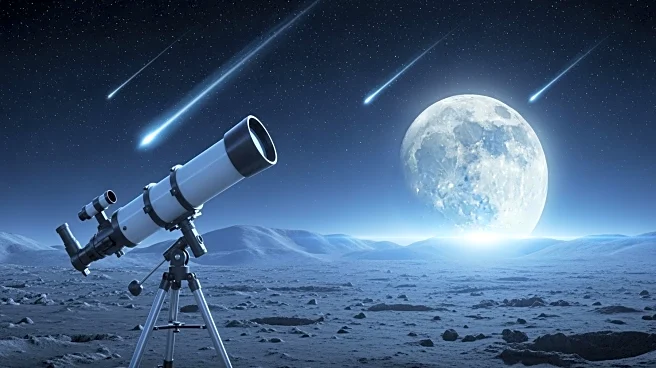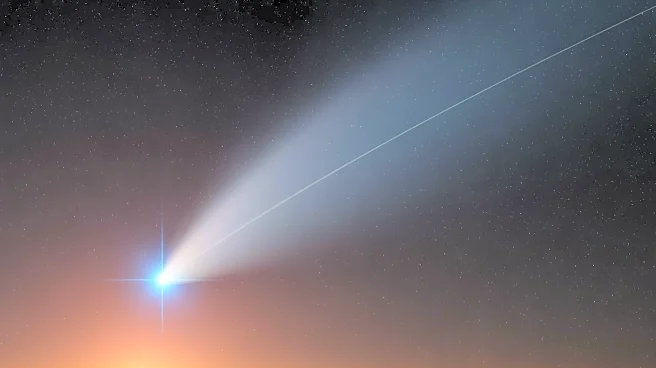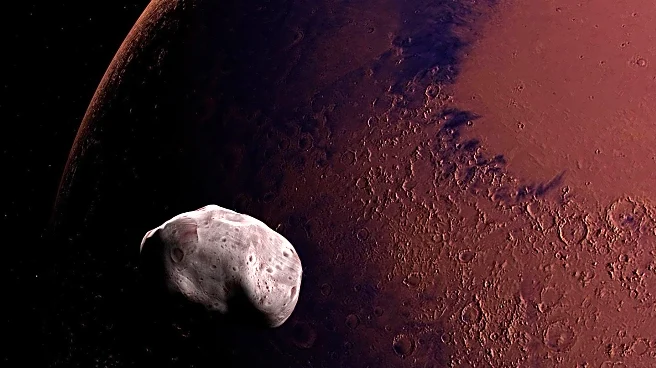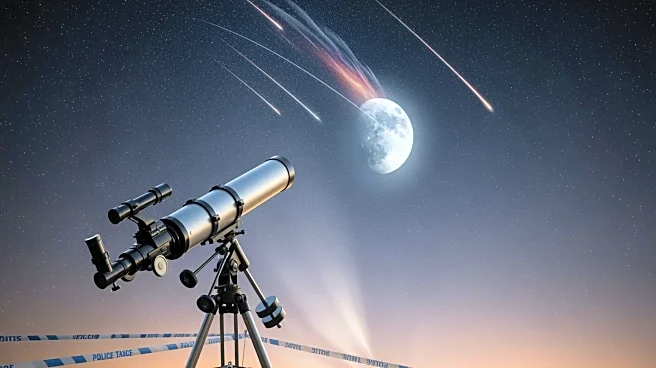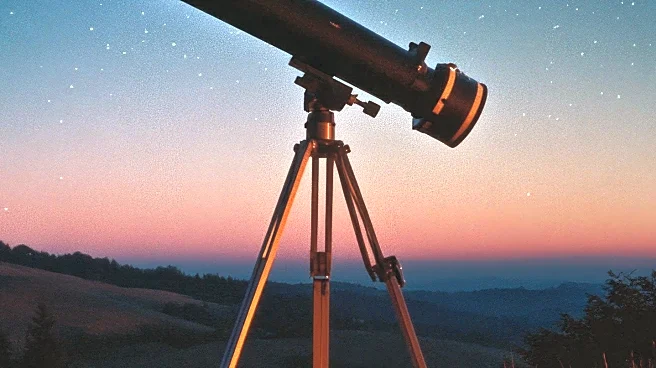What's Happening?
Researchers have uncovered the method by which the Maya civilization predicted solar eclipses, a practice that has puzzled Western scholars for centuries. The Dresden Codex, a medieval Maya text dating
back to the 11th or 12th century, is one of the few surviving hieroglyphic codices that details astronomy, astrology, and other knowledge. The codex includes a table that spans 405 lunar months, which was used by Maya calendar specialists, known as 'daykeepers,' to predict eclipses. Linguist John Justeson and archaeologist Justin Lowry have proposed a new understanding of this table's use, suggesting that it was not meant to be reset at its final position but rather begun anew in the 358th month. This method allowed the Maya to predict solar eclipses with remarkable accuracy, correcting for small errors over time.
Why It's Important?
The discovery of the Maya's method for predicting eclipses highlights the advanced mathematical and astronomical knowledge possessed by this ancient civilization. This understanding not only sheds light on the Maya's spiritual and cultural practices but also demonstrates their ability to track celestial events with precision. The ability to predict eclipses was crucial for the Maya, as these events were deeply intertwined with their religious ceremonies and societal functions. This research provides insight into the sophisticated systems developed by the Maya, which were lost during European colonization, and underscores the importance of preserving indigenous knowledge.
What's Next?
The findings by Justeson and Lowry may prompt further research into other aspects of Maya astronomy and calendar systems, potentially leading to new discoveries about their civilization. Scholars might explore additional codices or archaeological sites to uncover more about the Maya's celestial practices. This research could also inspire a reevaluation of other ancient texts and methods, encouraging historians and archaeologists to apply similar analytical techniques to decode historical knowledge.
Beyond the Headlines
The revelation of the Maya's eclipse prediction method offers a deeper understanding of their cultural and spiritual life, emphasizing the role of celestial events in shaping societal norms and religious practices. It also highlights the importance of interdisciplinary research in uncovering historical truths, combining linguistics, archaeology, and astronomy to piece together lost knowledge. This discovery may influence how modern societies view ancient civilizations, recognizing their contributions to science and culture.




